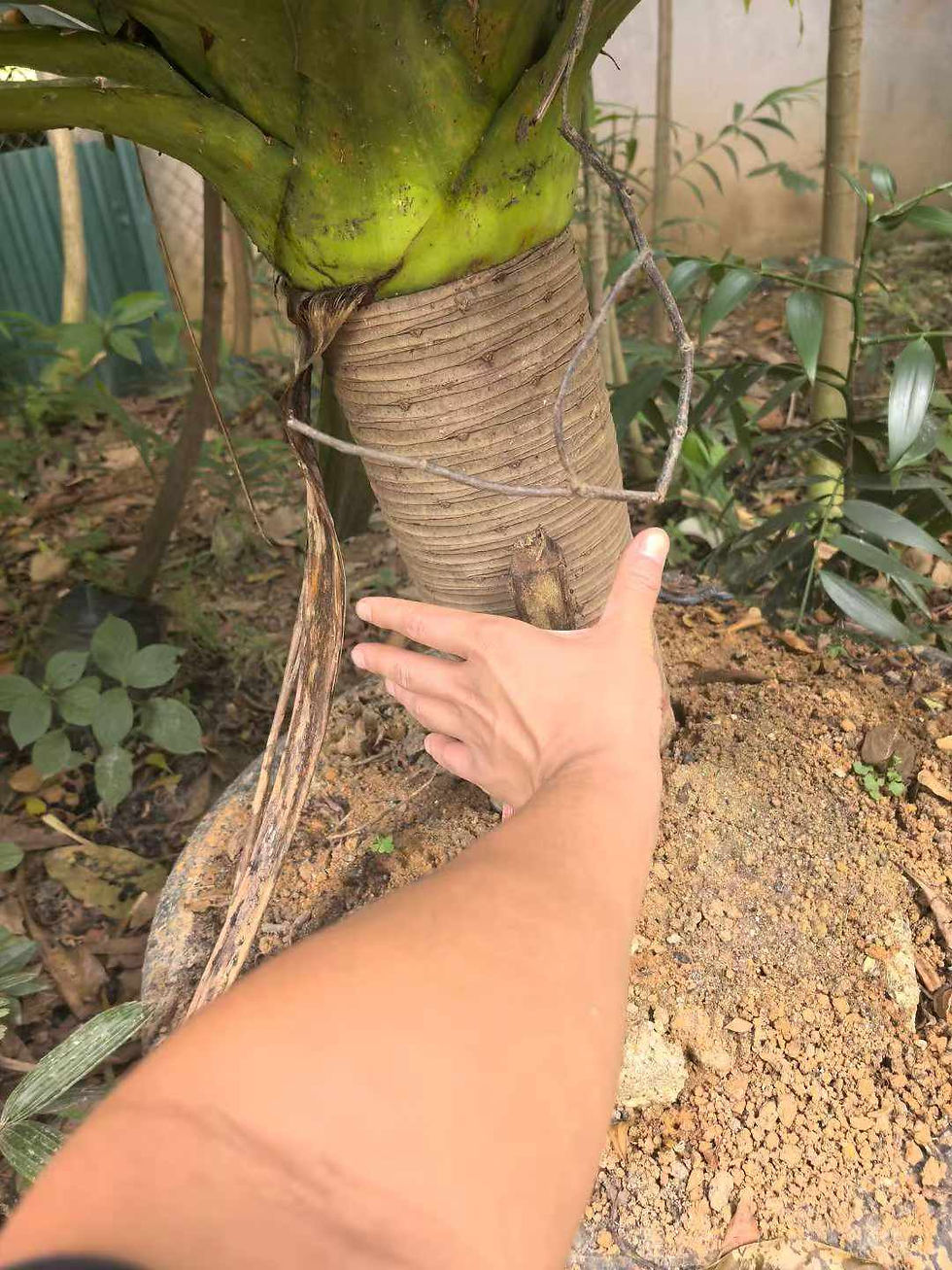Phellodendron amurense
Phellodendron amurense is a species of tree in the family Rutaceae, commonly called the Amur cork tree. It is a major source of huáng bò (Chinese: 黄柏 or 黄檗), one of the 50 fundamental herbs used in traditional Chinese medicine. The Ainu people used this plant, called shikerebe-ni, as a painkiller.
It is native to eastern Asia: northern China, northeast China, Korea, Ussuri,[clarification needed] Amur, and Japan, the Amur cork tree is considered invasive in many parts of North America. The State of Massachusetts lists it as a noxious weed.
Medical use:
It has been used as a Chinese traditional medicine for the treatment of meningitis, bacillary dysentery, pneumonia, tuberculosis, and liver cirrhosis.
Used orally to treat abdominal pain, diarrhoea, gastroenteritis and urinary tract infections. Berberine has been shown to be effective for the treatment of bacterially-induced diarrhoea and ocular trachoma. and cutaneous leishmaniasis[6]Phellodendron amurense may protect cartilage against osteoarthritis progression. It may prove to be a potentially important chemopreventive agent for lung cancer.
Phellodendron amurense is able to inhibit prostatic contractility suggesting that it may be useful in the treatment of urological disorders caused by prostatic urethral obstruction such as benign prostatic hyperplasia (BPH). Nexrutine (bark extract from Phellodendron amurense) may have potential to prevent prostate tumor development.
Proprietary extracts of Magnolia officinalis and Phellodendron amurense may help overweight/obese people.
Compounds in the leaves (quercetin, quercetin-3-O-beta-D-glucoside, quercetin-3-O-beta-D-galactoside and kaempferol-3-O-beta-D-glucoside) demonstrated significant free radical scavenging activity comparable to vitamin E.

































